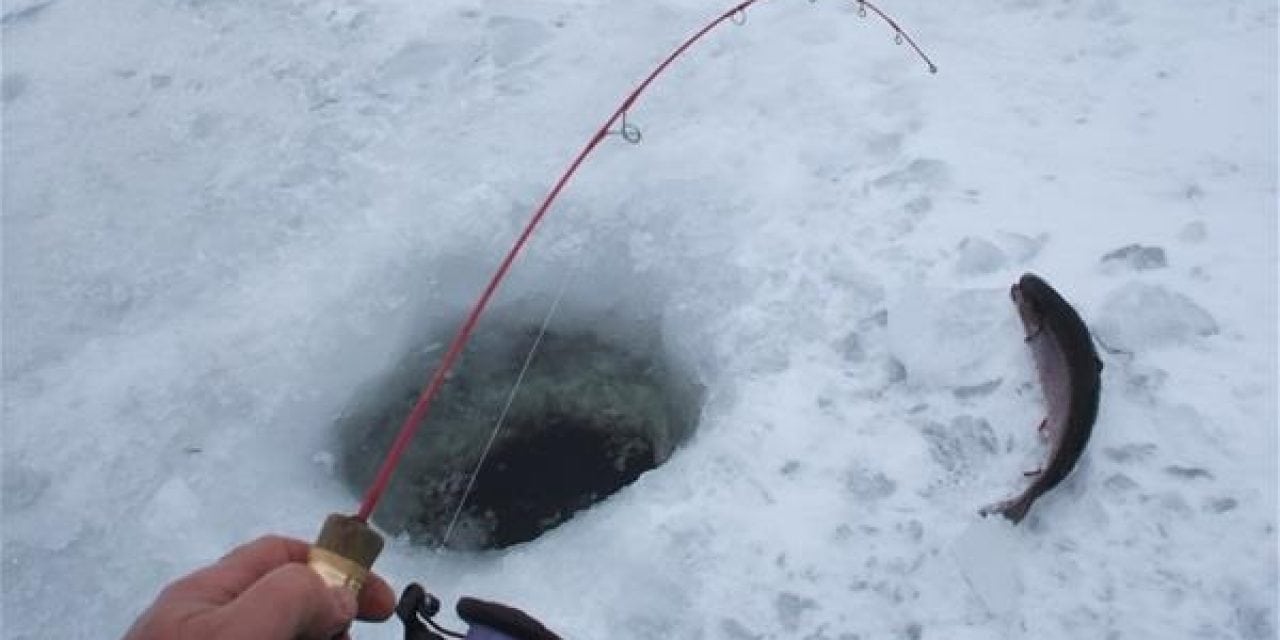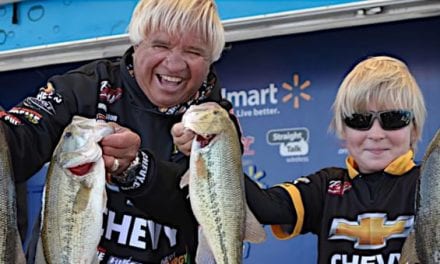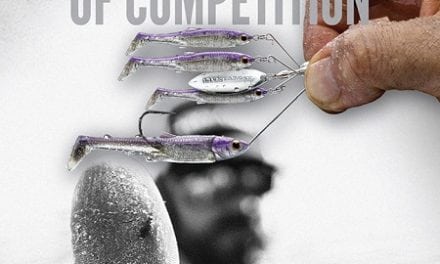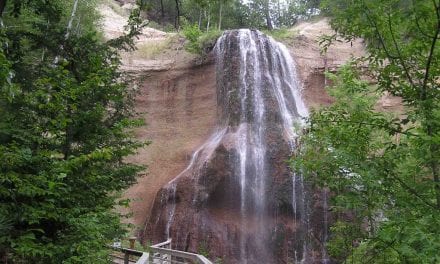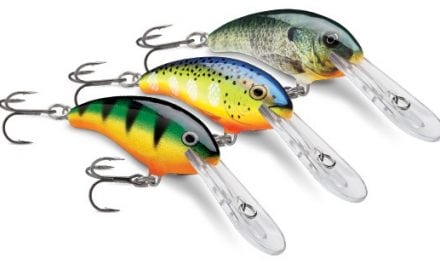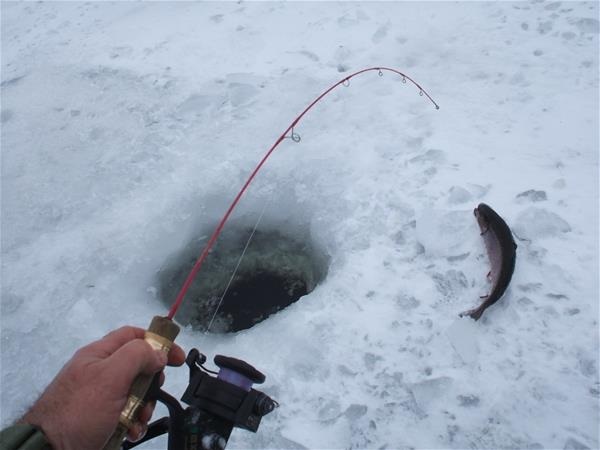 Certain ice-fishing species favor specific habitats and conditions. Knowing where they’ll be helps you catch fish more effectively. Park your ATV or SxS along the shoreline, and look here:
Certain ice-fishing species favor specific habitats and conditions. Knowing where they’ll be helps you catch fish more effectively. Park your ATV or SxS along the shoreline, and look here:
Rainbow trout seem to prefer bait lowered just several feet below the ice, even if the maximum depth is much deeper. Brook trout can be found down there. Opportunists that they are, lake trout (or “togue” to native New Englanders) tend to take big baitfish just off the lake bottom.
Dubbed “panfish” since they’re fish that will fit in a pan, bluegills, perch and crappies (pronounced crop-pees) often provide consistent winter action when others won’t. Still, this doesn’t mean they’re pushovers. Use thin 2-pound test lines, small hooks, and tiny baits (bits of worm or small shiners) to fool this tasty quarry. Such fish often take bait gently with a tap-tapping. Set the hook when you detect this.
Winter largemouth and smallmouth bass tend toward the lethargic. Loafing under the ice, they’ll respond to jigging and even well-placed bait. In my experience dropping your line’s business end on the edge of weedbeds and along drop-offs provides options for these staged gamefish.
Northern pike and chain pickerel hang in structure beneath the ice, often in fairly shallow water, and move fast to strike prey (and your fluttering baitfish).
Walleyes hang close to the bottom. Adjust your techniques and locations accordingly.
BONUS TIP
Weather (and daylight, or lack of) can influence fish feeding binges. A mild day above freezing temperatures with solid ice can put fish on the bite, while a lingering deep freeze can put them off. Heavy snow cover piled up on the ice overhead sometimes sees winter fish feed during brighter daylight hours. Alternately, clear ice on sunny days might reveal low-light biting tendencies. Daybreak and dusk are often productive then.
By Steve Hickoff
The post Yamaha ATV Outdoors Tips — Advanced Ice Fishing Tactics appeared first on ODU Magazine-North America's #1 Digital Fishing Magazine.

